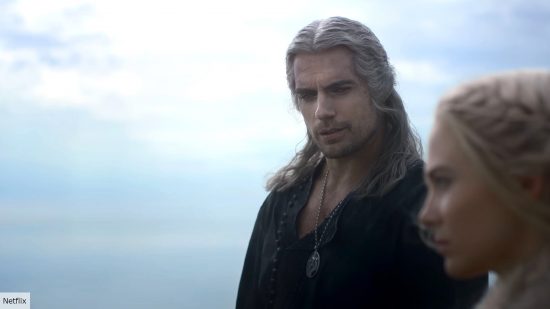Our Verdict
The Witcher season 3 volume 1 has moments of brilliance, but those who are looking for a return to form may be left wanting more.
The first season of The Witcher was, without exaggeration, one of the best seasons of TV of the decade. I’d argue it was better than any season of fellow fantasy series icon Game of Thrones. With its non-linear format, we followed Geralt in semi-episodic adventures as he became slowly ensnared by the gravitational pull of his fate.
Henry Cavill was titanic in the role, bringing an impossible physicality and charm to the character, who is – in theory – just a walking wall of muscle with a mouth. With a beautiful score and awesome production design, the first season of The Witcher was a series hitting its full potential. The follow up movie, Nightmare of the Wolf, was just as good.
Since then, new The Witcher releases have struggled somewhat. The second season dropped in quality, losing some of the originality of the first as it adopted a linear approach to its material. Much more recently, Blood Origin was a fumbled misstep. So has this decline been a blip, or a trend?

The Witcher season 3 has the answers, and feels like something of a tipping point. Was its initial burst of excellence a fluke, or is the show just something more mediocre? What will The Witcher be from here onwards?
Perhaps more straightforward than it’s ever been, The Witcher season 3 volume 1 tracks Geralt and co. as they travel across the Continent on a simple mission: to protect Ciri, train her, and evade the forces that seek to capture her.
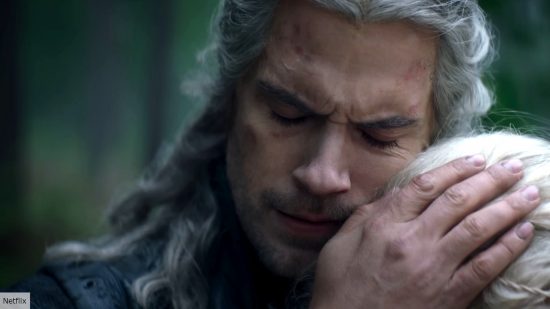
As this unfolds, the first aspect audiences will notice from The Witcher season 3 volume 1 is less action and more talking. The only distinctive action sequence was pre-released in the build-up to the show, and it comes nowhere near the heights of what we see in season 1 with, say, the butcher of Blaviken set piece.

This is fine – there’s more to the series than just action – but it isn’t necessarily what audiences tune in to The Witcher for, and isn’t necessarily what The Witcher is best at.
Instead, with season 3 volume 1, The Witcher attempts to fit itself into a Game of Thrones-shaped box, where the political context of the world is the primary driving force of the plot, forcing the various players to move across the landscape, shaping their goals.
As a consequence, the season spends a lot of time (too much, perhaps) away from Geralt, Ciri, and Yenefer, and trades it for time with the most background of characters. There are multiple, consecutive scenes where none of the main characters are present. But neither the side characters nor the situations they’re in are compelling enough to sustain this shifted focus. Instead it feels, at times, like a multi-course meal of only side dishes.
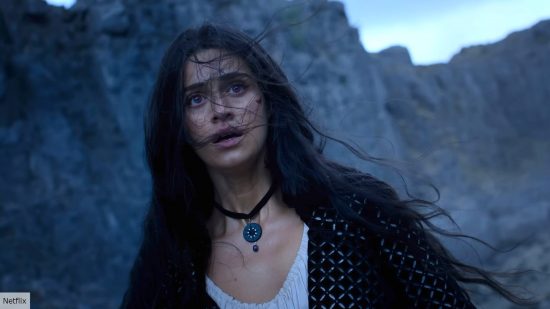
On a more superficial level, there’s also a loss of visual distinctiveness; The Witcher doesn’t look like one of the best TV series around anymore.
Yennefer has what should be an emotional scene with Ciri where she reveals the truth of her past, but it plays out in an empty, dull, gray field – against what looks suspiciously like a bad green screen – which siphons away almost all drama. A grand meeting of sorcerers is held in a plain, flatly lit rectangular room with the characters sitting in a spread-out circle of chairs. It looks like they’re social distancing, and obvious cost-cutting measures stick out too, like walls adorned with clearly electric lights, rather than oil-fueled lanterns.
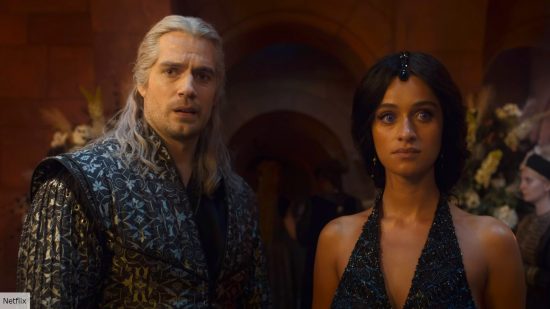
It’s not all negatives, though; there’s still plenty that audiences will enjoy, and be entertained by, in the latest adventure. Most of that comes from the main cast. Anya Chalotra, Joey Batey, and Henry Cavill (though he has fewer minutes of screen time than ever, perhaps in anticipation of his exit) still give their all, and it shows.
The best, most emotional moment comes as Batey’s Jaskier mock-narrates a conversation in the distance between Geralt and Yennefer. It’s straight from season 1: full of heart, with great (and well-framed) performances, supported by an affecting background score.
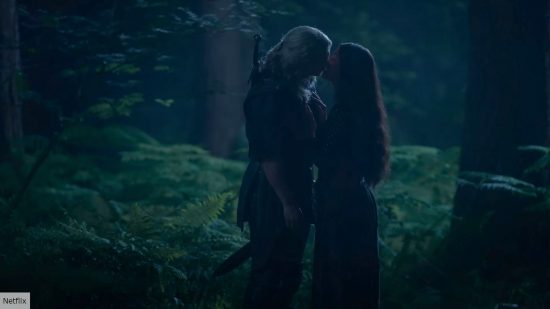
The entire final episode is another major highlight. Jaskier’s bard nemeses prance and strut around singing their tunes, Geralt’s ambivalence to the events around him is hilarious, it spotlights his relationship with Yennefer, and there’s some genuinely bold costuming. It feels rich and well-told, and stands head and shoulders above the other episodes in season 3 volume 1.
The Witcher is still capable of elevating itself when it wants to. The shame is that there’s so much that drowns these moments out, subduing and stifling them.
I wouldn’t be so harsh on The Witcher season 3 volume 1, which is mostly fine, if I didn’t love so much of what I’d seen in its past. But what is now abundantly clear is The Witcher isn’t the same show it was back in season 1. That’s gone. Now mediocrity reigns supreme, and the loss of Cavill is still yet to come.
For more Witcher content, head to our guide on The Witcher cast, and find out who was the first Witcher. Or, take a look at our guide to everything new on Netflix, before seeing our picks for the best TV series of all time. If you prefer the games, you can also check out PCGamesN’s guide to The Witcher remake release date and Pocket Tactics’ breakdown of The Witcher 3 characters.
